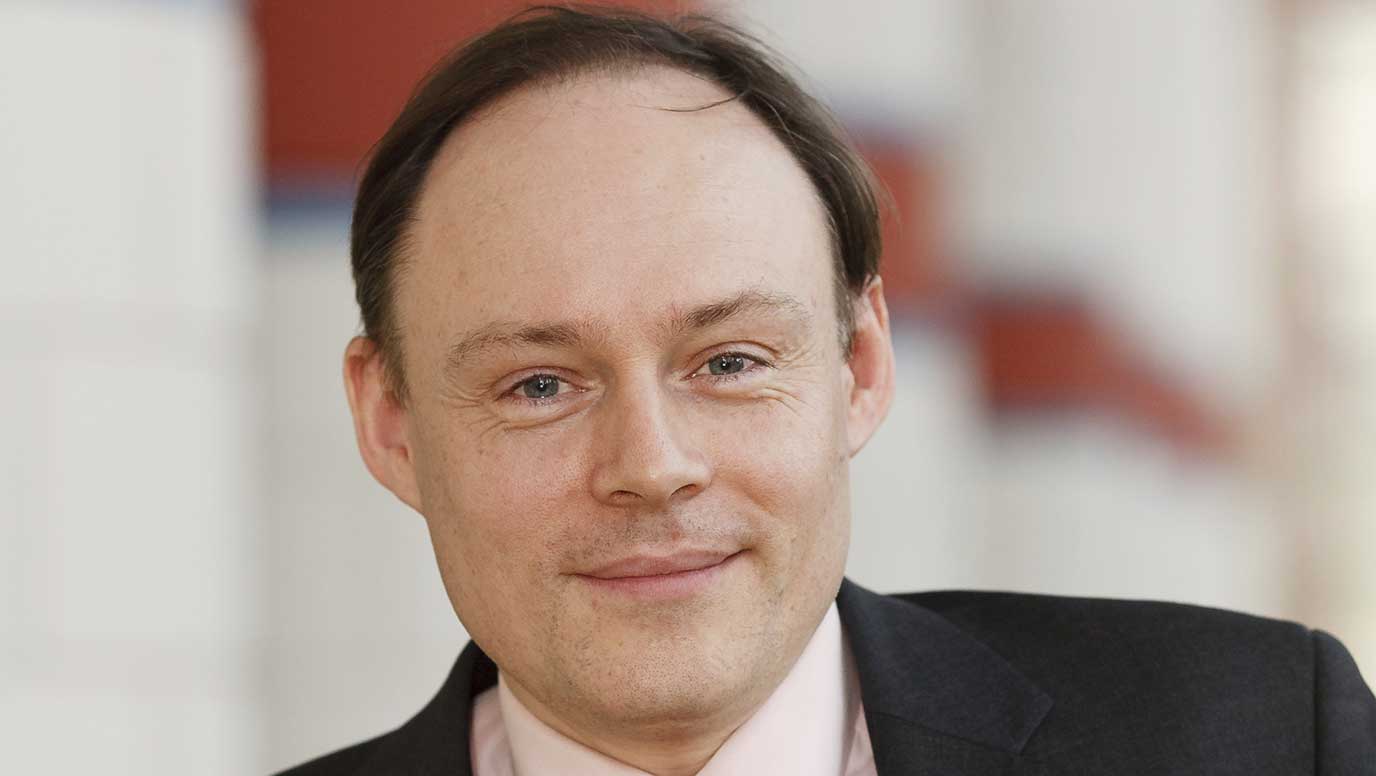Reality check on the ‘green, green grass of home’

Research by Michael Pollitt, Professor of Business Economics at The University of Cambridge Judge Business School, and Victor Ajayi –Associate Researcher at the Energy Policy Research Group (EPRG) based at Cambridge Judge – examines these issues by focusing on the UK’s total factor productivity (TFP) growth in the electricity sector over the next few decades.
TFP is a key measure of economic performance that measures an economy’s ability to generate income from inputs such as capital investment, labour and materials.
The research does this through a simulation model that examines input growth and output growth, as part of aims to achieve deep decarbonisation of the power sector through large-scale clean energy investments.
Put simply, the research looks at the growth of inputs for investment in low-carbon technologies relative to expectations of rising output, and their implications relating to productivity. The results of the research are more encouraging for the longer term than the shorter term.
“The result shows that the 2020s are challenging as productivity declines by −3.24 per cent per annum in the electricity sector due to the combination of high input and low output growth,” says the study.
“However, our findings reveal that the 2030s and 2040s look more promising, with productivity growth of three per cent per annum and 1.6 per cent a year, respectively, as electrification increases and fossil fuel and labour inputs decline.”
The analysis also suggests that the natural gas supply sector and new low-carbon sectors such as hydrogen face productivity challenges of their own: for natural gas, the question is whether costs can be reduced as quickly as output to maintain TFP while for hydrogen the key issue is to what extent TFP growth will be delayed by investment growth outpacing output growth initially.
“Even when we look at an energy sector where total demand is expected to grow under net zero, namely, electricity, the challenge of raising TFP in a net zero world is clear,” the research says.
“We show, by means of a concrete worked example, that net zero policies can mean low or negative TFP growth over prolonged periods and that politicians should not imply that the economy will grow faster under them.”
Like the UK, the European Union and the US currently have a 2050 target for getting greenhouse gas emissions to net zero, while the announced target is 2060 in China and 2070 in India.
The research co-authored by Michael looks at the trade-off between net zero targets and productivity growth based on a model that looks specifically at the UK but has application more broadly.
“Our research challenges the assumption that green growth that promotes environmental protection will also increase – or at least not reduce – the pace of economic growth,” says Michael.
“While policymakers often view the concept of green growth as sustainable growth that delivers win-win societal outcomes, such acceptance of the green growth concept tends to circumvent the trade-offs involved between protecting the environment and short-term economic effect.
“While the green growth concept is popular among both politicians and environmentalists, we feel that it’s important to carefully analyse the economic impact, and our research finds that the economic case for this concept is very challenging at least through the 2020s.”
What does green growth mean anyway?
The debate over the economic impact of moving toward renewable energy sources is complicated by the fact that even the definition of ‘green growth’ is not uniform.
While the Organisation for Economic Co-operation and Development (OECD) says green growth implies “fostering economic growth and development while ensuring that natural assets continue to provide the resources and environmental services on which our well-being relies”, the World Bank says green growth is “growth that is efficient in its use of natural resources, clean in that it minimises pollution and environmental impacts, and resilient in that it accounts for natural hazards and the role of environmental management and natural capital in preventing physical disasters.”
As Michael and Victor note: “Although both the OECD and the World Bank definitions give prominence to growth, the OECD concept of green growth underscores a more stringent sustainability level compared with the World Bank which is somewhat equivocal about the extent of environmental preservation.”
Meanwhile, the United Nations Environment Programme uses the term ‘green economy’ rather than ‘green growth’, and defines it as a policy that simultaneously grows income and improves human well-being “while significantly reducing environmental risks and ecological scarcities” – which the research’s authors describe as a more encompassing definition than either the OECD or World Bank.
The authors conclude: “Fundamentally, if net zero requires higher physical inputs and reduces physical output, it will be challenging to raise measured productivity.
“The only route to higher productivity in energy sectors will be a relative increase in the real value of unit output and this will probably mean higher actual general inflation adjusted unit prices. Higher headline energy prices (relative to 2020), if caused, by net zero policy may be difficult to implement politically.
“Our analysis therefore suggests that, rather than focusing solely on measures of inputs in green industries – such as job creation and capital investment – politicians need to pay attention to the underlying productivity of green industries; that is outputs per weighted inputs.”

